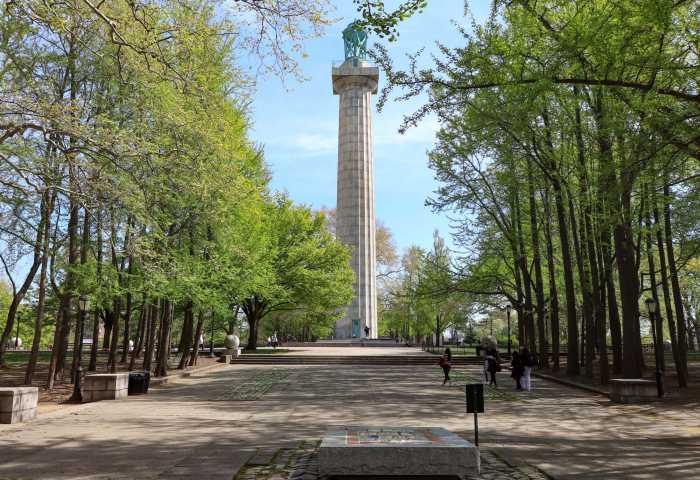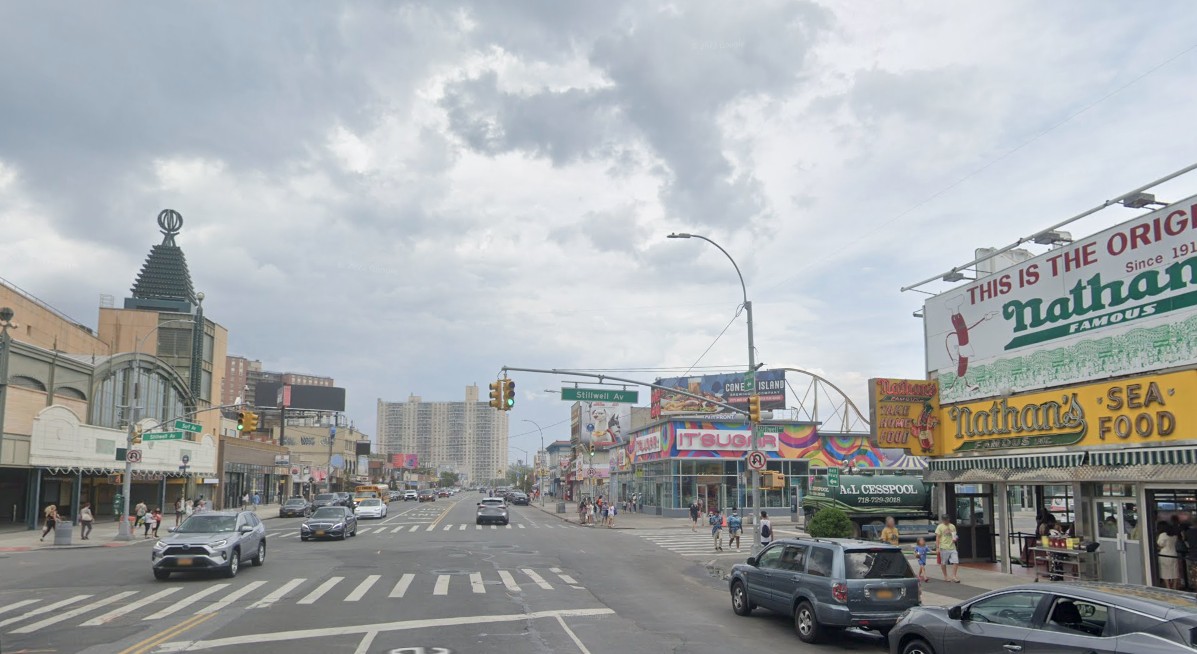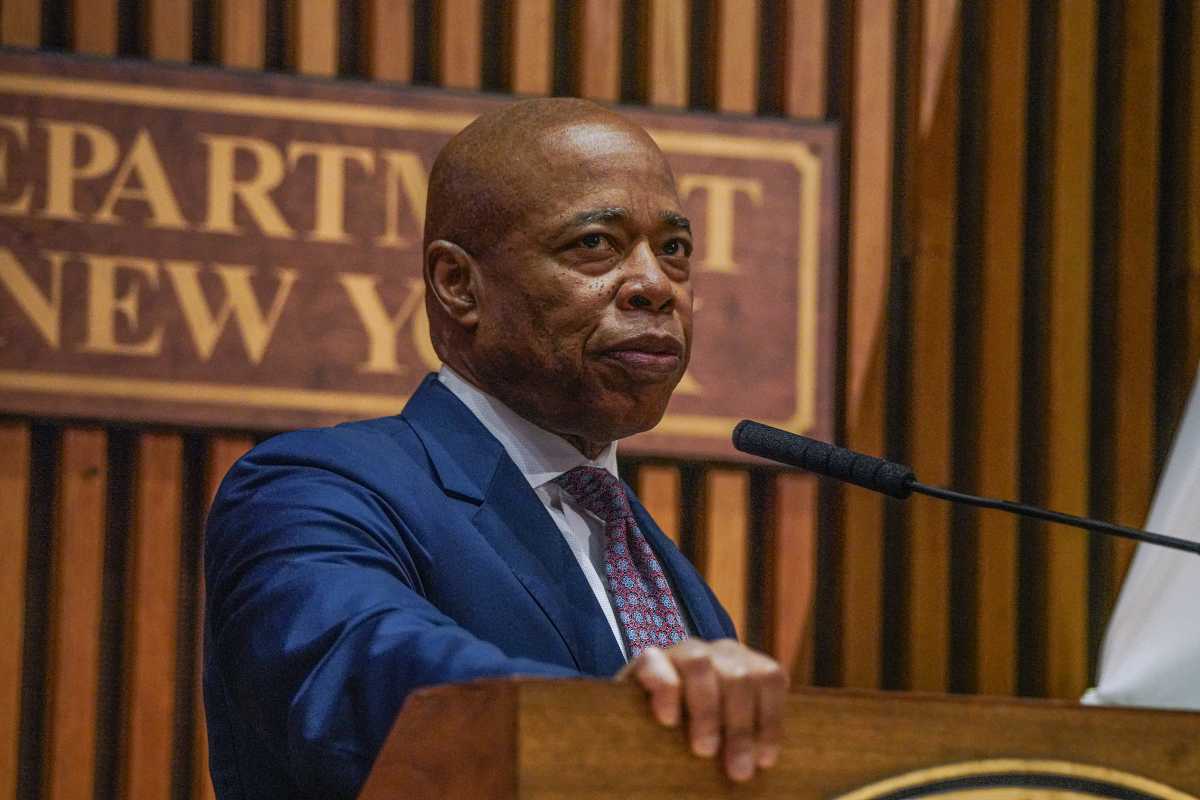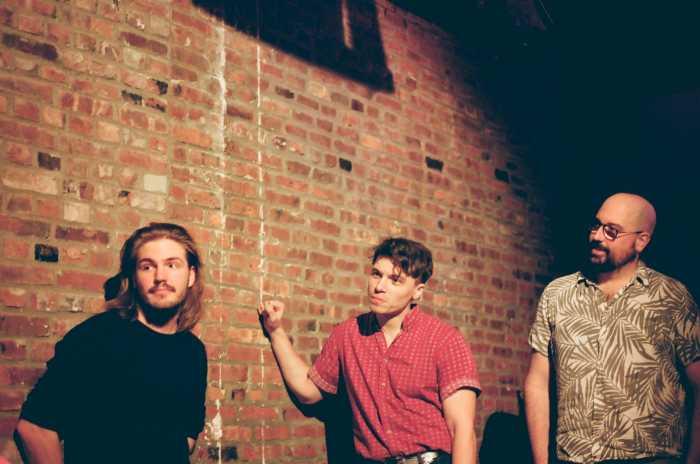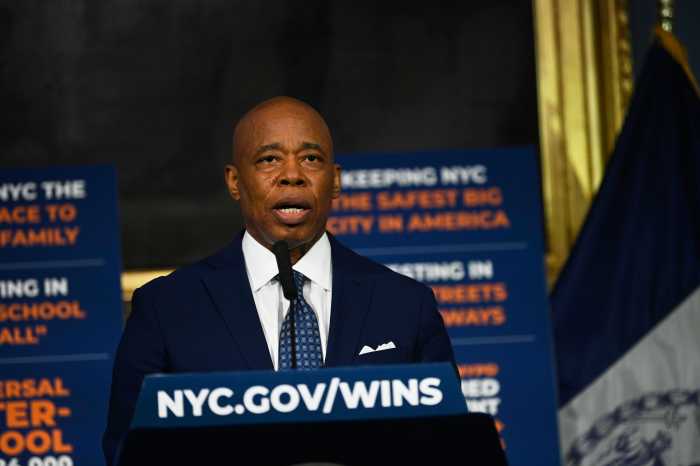Downtown Brooklyn was the center of the borough’s shopping universe. The flagship store of Abraham & Strauss department store was there. And so was Martin’s, another high-end retailer.
But the economic crisis of the 1970s forced many of those businesses to close, and crime and blight settled in. A plan in the early 1980s to spruce up the area hit construction snags that hindered customers from shopping at the few retailers who were left.
Now, it’s a schizophrenic neighborhood. The Fulton Mall — as it became known — is the busiest shopping street in the borough, albeit mostly with low-end merchandise. And at night, it’s dark, lonely and ominous.
That was supposed to change with the construction of Bruce Ratner’s Metrotech. After nearly a decade of planning, ground broke in June 1989 on the $1-billion “Metropolitan Technology Center,” an office complex that displaced 250 residents and 100 business owners to comprise eight new buildings and three renovated ones on a 16-acre site in the heart of Downtown.
At the time of the groundbreaking, the complex already had as anchor tenants a subsidiary of the New York Stock Exchange and the Brooklyn Union Gas Company, as well as an expansion of Polytechnic University, which was a developer of the site along with Ratner.
City officials then also touted two new buildings to be built by Chase Manhattan Bank that would house roughly 5,000 clerical and support personnel. The city persuaded Chase to come to Brooklyn by offering $235 million in tax breaks and other incentives, which was, at the time, the costliest incentive package the city had given to a firm to stay in New York. By one estimate, the city lost $47,000 revenue to incentives per job saved. The previous high had been $25,000 through a 1986 plan to keep NBC at Rockefeller Center.
Metrotech inspired other construction projects, including, in 1996, the construction of the Marriott, the first hotel built in Brooklyn in 50 years. And Lawrence Street is home to the borough’s tallest building (for now), the 51-story all-rental Brooklyner.
And a subsequent rezoning of the Flatbush Avenue corridor in 2005 has already resulted in a residential housing boom — with several apartment towers and plans for a park at the center.
The economy has stalled the boom — for now — but thousands of units are already built and thousands more are on the drawing board.
Will Fulton Mall ever realize the planners’ vision of a shopping capital for all of Brooklyn? That’ll take some doing.



